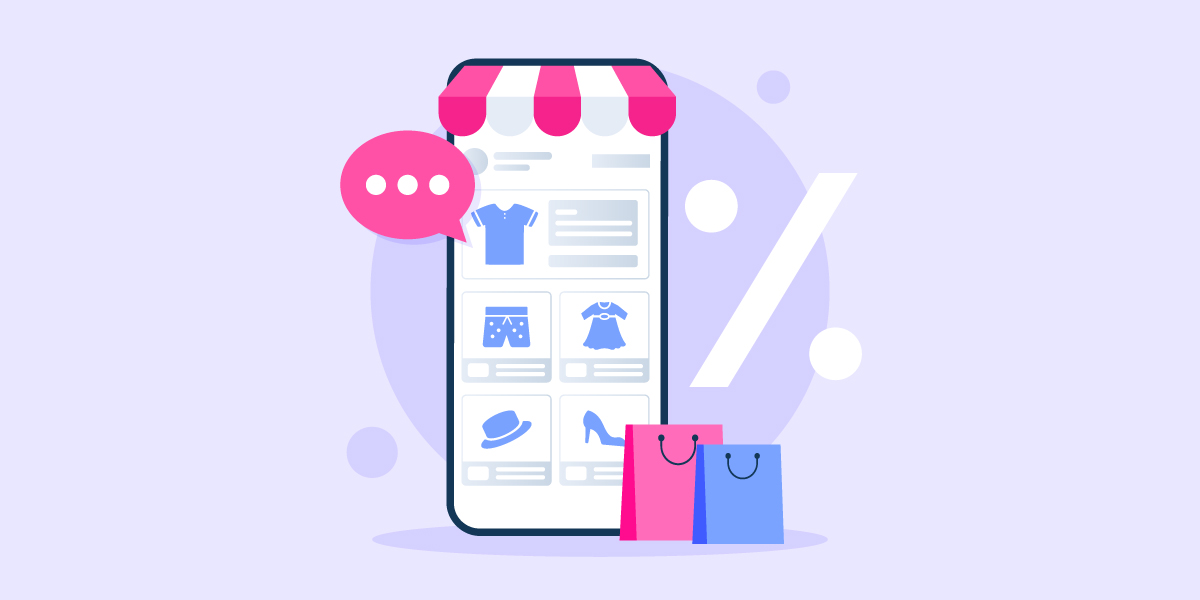Customer experience: the gap and how to close it

Excellent customer experiences (CX) drive more people to your business. But as apparent as that may seem, businesses still don’t do it right, according to consumers around the globe.
What is CX exactly? There’s a lot to it, but it all comes down to how a customer perceives a business. It’s their experience starting from their first impression to their last interaction and all the other touchpoints in between.
In a recent report, Price Waterhouse and Cooper (PwC) interviewed over 15,000 people from 12 different countries to learn about the state of customer experience. They discovered a big CX gap between what consumers expect of businesses and what businesses deliver. For example, 54% of US respondents say CX at most companies need improvement.
Let’s take a look at the experience and expectation gap:
 Source: PwC Consumer Intelligence Series Customer Experience - Page 8
Source: PwC Consumer Intelligence Series Customer Experience - Page 8
One bad experience is all it takes
Can you imagine losing a percentage of your customer base from one CX hiccup?
According to PwC, 32% of consumers on average would walk away from a brand they love after just one bad customer experience. In Latin America, consumers are the least forgiving (49%), but in the US, only 17% would do the same.
Not surprisingly, over 50% of respondents from all countries would walk away from a brand they love after several bad experiences. Three strikes and you’re out.
 Source: PwC Consumer Intelligence Series Customer Experience - Page 9
Source: PwC Consumer Intelligence Series Customer Experience - Page 9
What really matters to consumers?
A majority of respondents (73%) say that customer experience influences their purchasing decisions.
Speed, convenience, helpful employees, and friendliness matter the most to consumers, and they expect it to be the bare minimum. Speed and convenience shouldn’t be a surprise since humans only have an 8 second attention span.
Consumers also expect technology to just work, and they value elegant design and mobile-optimised applications. As you can tell, they set the bar rather high.
 Source: PwC Consumer Intelligence Series Customer Experience - Page 6
Source: PwC Consumer Intelligence Series Customer Experience - Page 6
Businesses may adopt the latest technologies just to stay on the cutting edge. But according to PwC, they should only do so if it helps enable a better customer experience.
The importance of human interaction
As businesses strive to make things more efficient and automated, they shouldn’t forget about human-to-human interaction.
Consumers don’t mind engaging with self-service kiosks, websites, and mobile apps, to name a few, but the second something goes wrong, they want to talk to a human being. Only 3% of US consumers want their customer experience to be as automated as possible.
Here’s what drives consumers away:
 Source: PwC Consumer Intelligence Series Customer Experience - Page 13
Source: PwC Consumer Intelligence Series Customer Experience - Page 13
As you can see, the top four reasons revolve around employees. If the company and its employees aren’t happy, friendly, trustworthy, and knowledgable, then consumers leave. So much so, that 60% of consumers would stop doing business with a company if their service was not friendly; and 46% of them would abandon the company because of unknowledgeable employees. The biggest change a business can make starts with their employees.
Benefits of a great customer experience
Great customer experiences can help you get and keep customers—that much is obvious, but what are stats behind it? Let’s have a closer look:
- 43% of respondents would pay for more convenience
- 42% of respondents would pay more for friendly and welcoming experiences
- 63% of respondents would share more information about themselves to a business that offers great experiences
- Depending on the industry, businesses can charge up to 16% more for providing great experiences
- Consumers report being more willing to recommend a brand on social media, sign up for a newsletter, make repeat purchases, and try new services or products
This is a telltale sign that both businesses and consumers can benefit from better customer experiences. Consumers will share more information about themselves to a businesses they like. As a result, these businesses can use this additional information to create personalised marketing campaigns. It’s a win-win.
Final Thoughts
CX should be at the forefront of every business. That’s how they can differentiate themselves from their competition. Instead of focusing on new technologies, they should focus on technologies that can enable great customer experiences.
SMS is an example of that type of technology. For example, it can remind consumers about their upcoming appointments, and also be a way for businesses to collect feedback and provide customer service. It’s simple, quick, and easy for both businesses and consumers to use.


